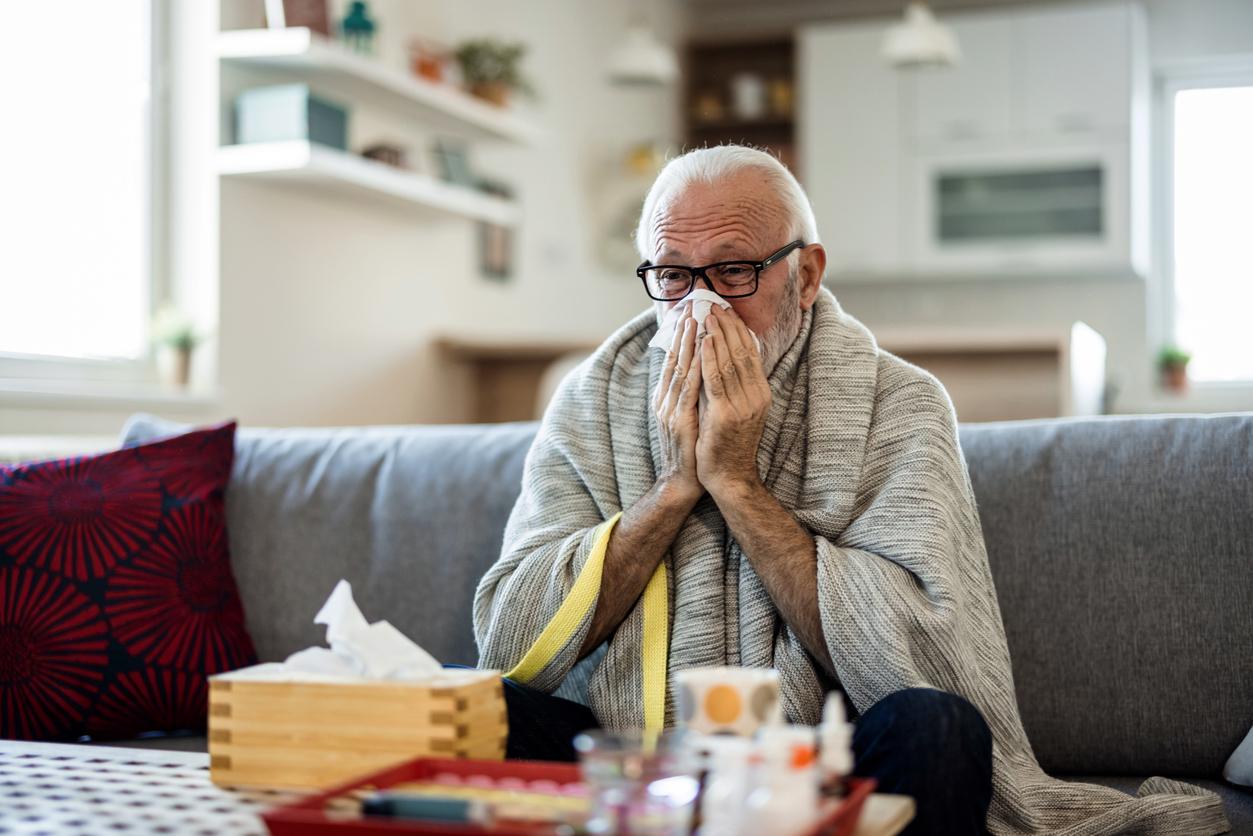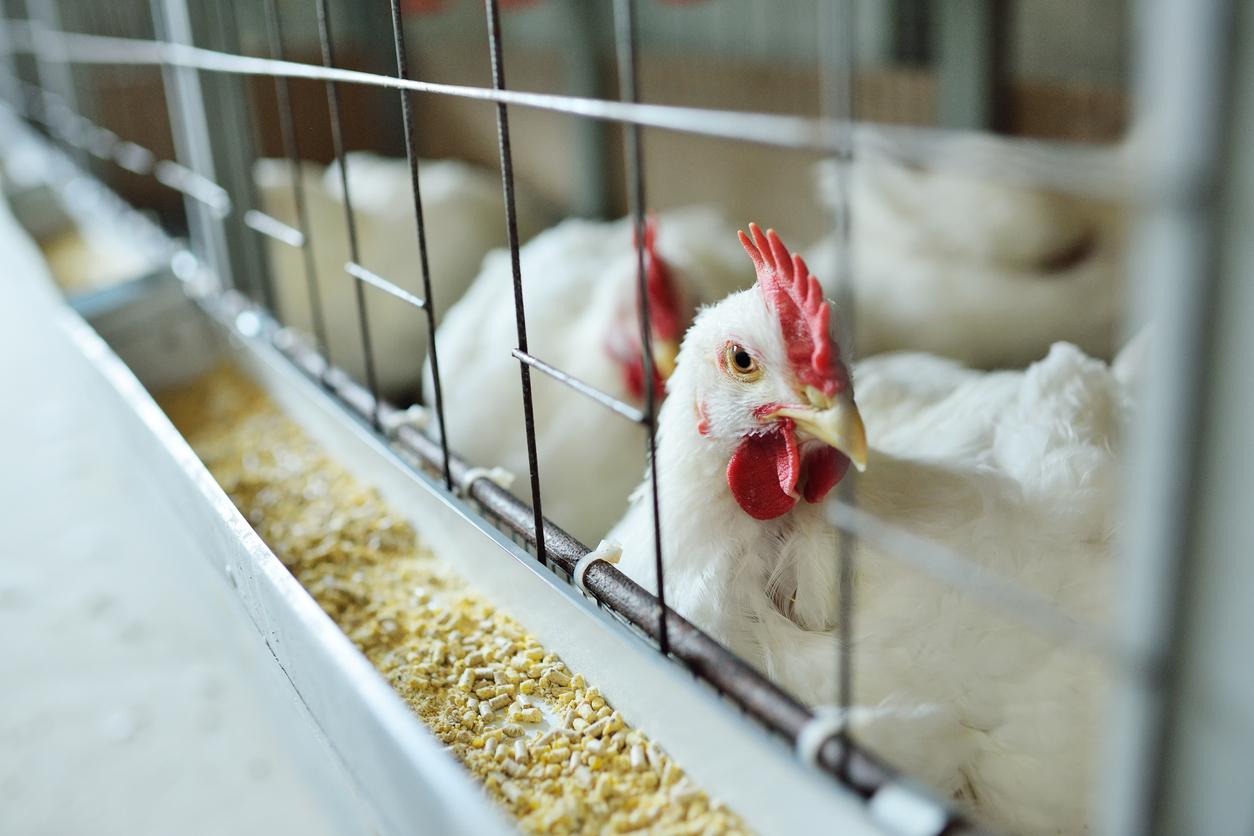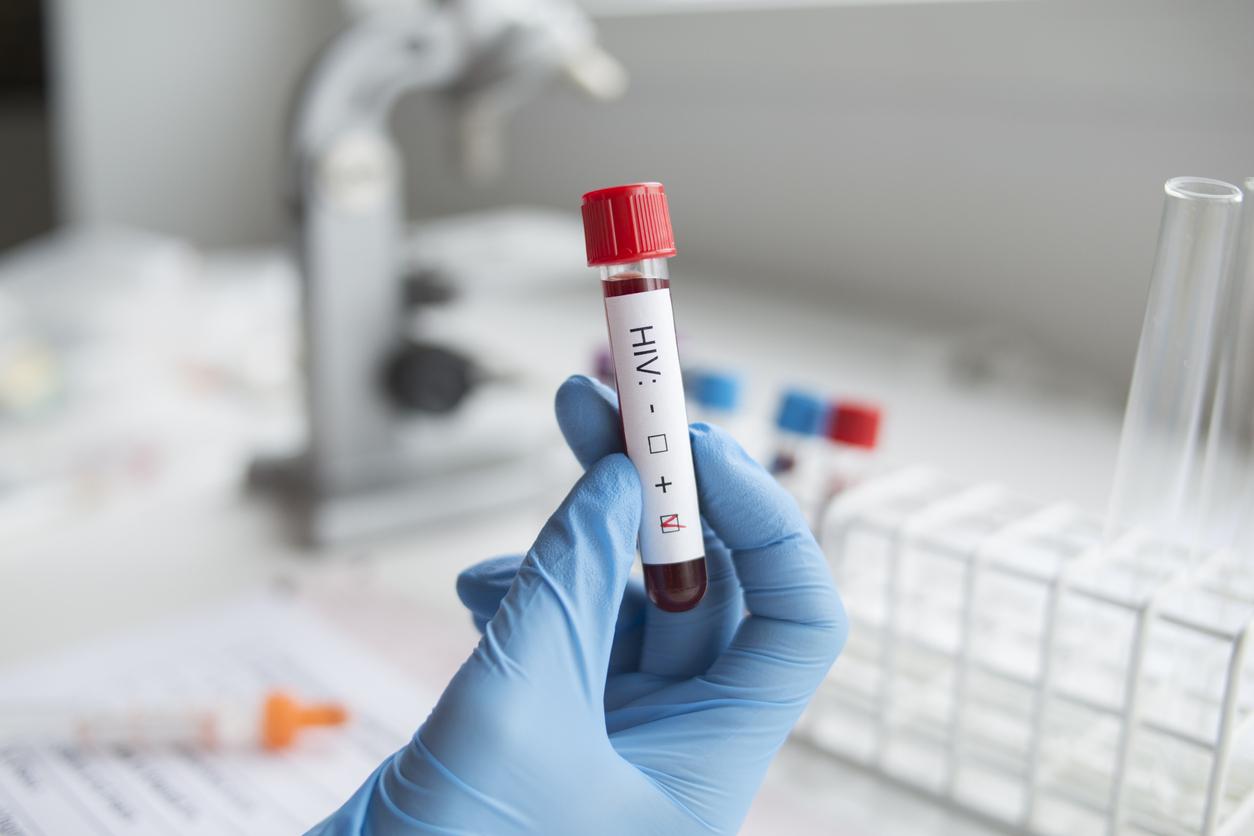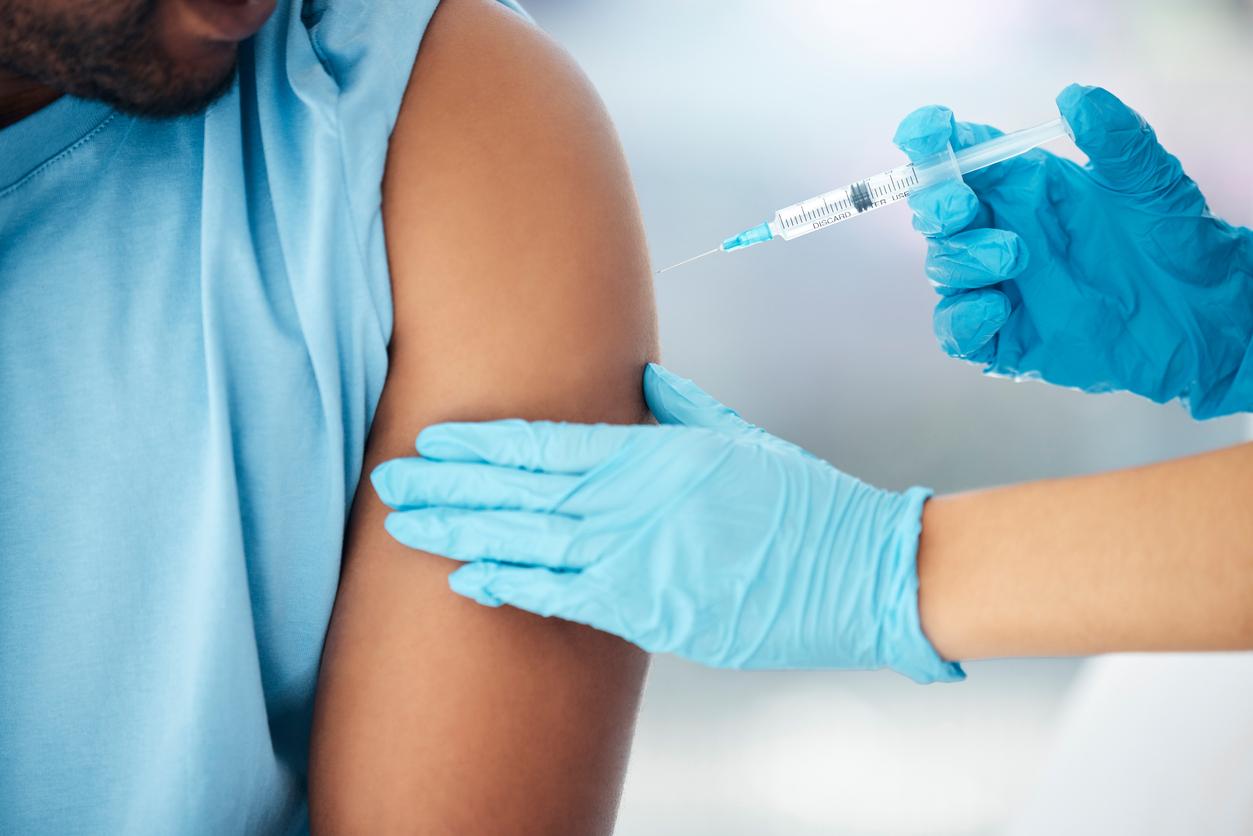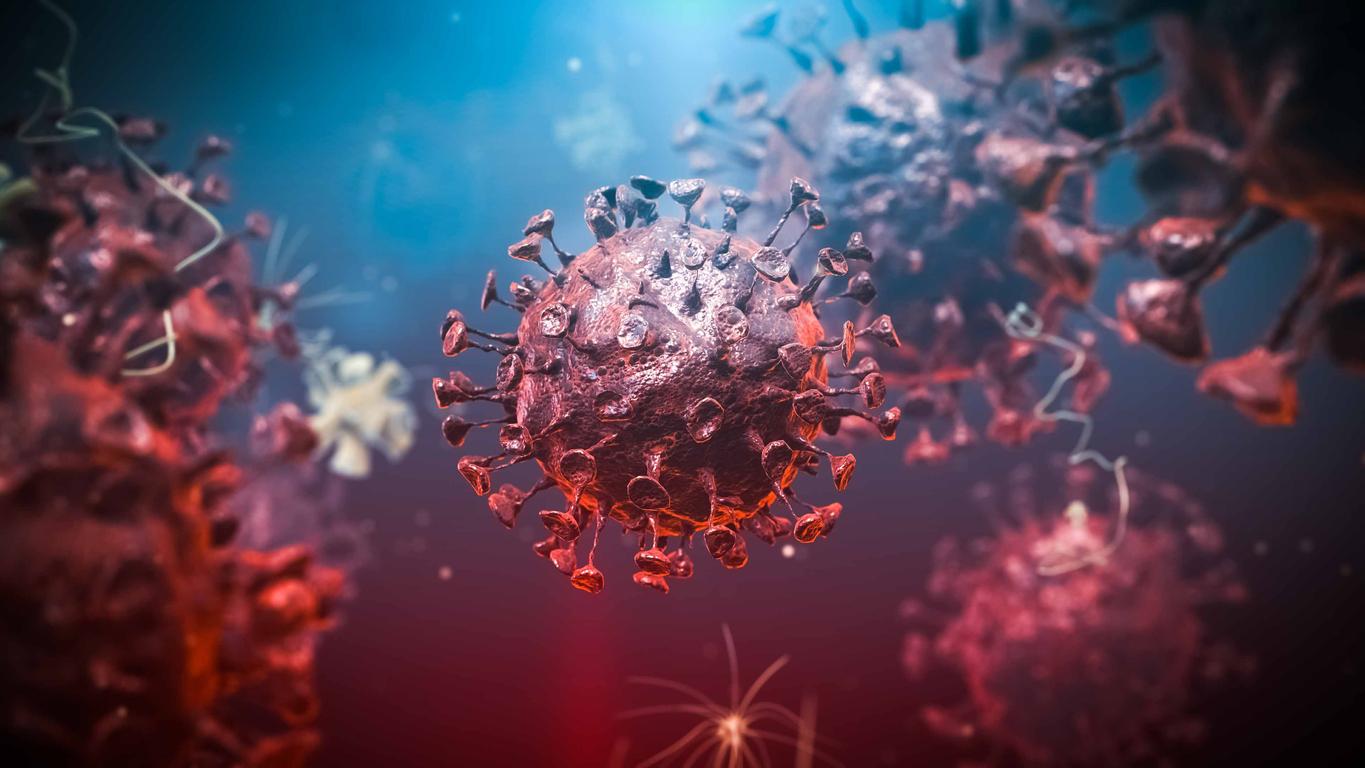Patients and practitioners can be reassured: the risk of catching Covid-19 from the dentist is very low. Despite the aerosols used, saliva is hardly present in the air or on the surfaces of the practice.
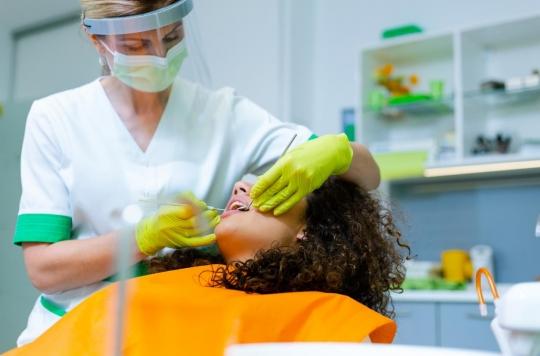
- The risk of being infected with Covid-19 in a dental office is very low.
- The bacteria present in the saliva are not projected on the equipment or in the air of the practice.
- Dentists have always applied strict health rules that limit the proliferation of viruses and bacteria in their practices.
The Covid-19 epidemic has changed our habits and our relationship to ordinary gestures. Going to the dentist is one of them. With the strong contagion of this virus, which mainly passes through the excretion of micro and macro droplets, it is not reassuring to go to a practice where all the patients remove their mask. In addition, the aerosols generated by certain dental instruments are accused of spreading the virus in the air and on objects, by dispersing the saliva of patients there. Yet, according to a study just published in the medical journal Journal of Dental Researchthe risk of SARS-CoV-2 infection at the dentist is very low.
No traces of Covid-19 in the practice, even if the patient is a carrier
To achieve this result, the researchers analyzed – before and after an act – samples of equipment worn or used by staff or present in the dental practice. This is, for example, the chair or the patient’s bib. After examining these, they concluded that the aqueous solution used by the dentist was much more present on these different surfaces than saliva. More reassuringly, even when the patients were asymptomatic and their saliva contained virus, the aerosols did not contain traces of SARS-CoV-2. “These results should help us to open our practices, to feel safe in our environment and, for patients, to treat their oral problems, says Purnima Kumar, lead author of this study and professor of periodontology. More and more evidence shows that poor oral health makes you more vulnerable to Covid-19.”
During acts, saliva does not disperse in the air
On all the analyses, saliva represented only 0.1% to 1.2% of the microbes distributed in the room. And sometimes she wasn’t even there at all. According to the authors, these good results are also due to the strict health rules applied for a long time by dentists: protective caps and systematic disinfection of all their tools, regular ventilation of the practice, etc. And the Covid-19 pandemic has further reinforced these protocols, including, for example, new ventilation systems, additional aerosol suction equipment or even breaks between patients to clean the entire room.
Put your mask back on at the end of the intervention
“Dental surgeons and their teams have always been at the forefront of the fight against bacteria, of course they did not feel safe (at the start of the epidemic) because they were on the front line with aerosolsinsists Purnima Kumar. I hope they will be reassured because during the acts, it is the water from the equipment that causes the presence of bacteria. It’s not saliva. The risk of spreading the infection is therefore not high.“Nevertheless, at the end of the dental procedure, it is imperative to put on your mask. Indeed, the risk of transmission is much higher if a patient speaks, coughs or sneezes in an office than if he does a scaling there.
.










